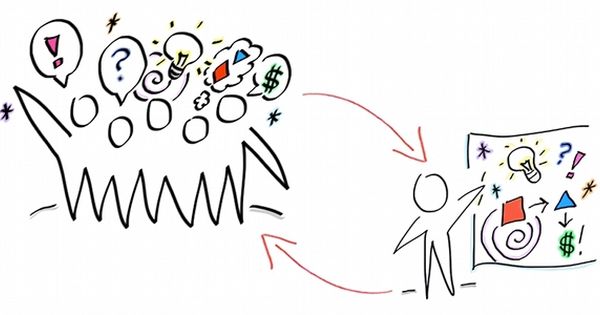Warning: Undefined array key "custom_image_width" in /misc/26/275/122/073/3/user/web/pianesi.com/wp-content/plugins/printfriendly/pf.php on line 1275
Warning: Undefined array key "custom_image_height" in /misc/26/275/122/073/3/user/web/pianesi.com/wp-content/plugins/printfriendly/pf.php on line 1276
Silence is often a very normal, natural, useful part of any group session. It gives members and their way to perform in their group dynamics roles time to think, reflect on things, formulate or process ideas, take a breath, or just relax a little between intense intervals. It is rather important during group sessions to establish norms that it is okay to be quiet for a while; otherwise, people will continuously chatter even when they have nothing to say.
Kurzon (2007) outlines five functions of silence.
- The first function is linking in which silence binds people together such as a “moment of silence,” a silence during prayer, or a silence after someone makes an inappropriate remark.
- A second type of silence is the revelation function of silence by which people show they don’t know what to say or cannot provide an appropriate response. This is the silence of thinking through.
- The third function of silence is activation in which a group member may be silent while choosing words before speaking. The impression might be that a group member is quiet and doing nothing, but in reality the group member is pondering what to say and how to respond. Again this is the silence of reflective inquiry and learning
- The fourth function is an affecting function in which the silence has an effect on the others in the room that might communicate indifference, dislike, or coldness. his silence needs to be interpreted to be understood.
- A fifth function of silence is judgmental, which may indicate approval or disapproval to what has been said. In group settings, this can be seen as ‘‘silence as admission’’ by not Responding to an individual or a type of silent protests.
People tend to lump all silence together and this create great problems in groups. Imagine the disastrous effect for misunderstanding silence of inquiry for silence of disapproval!
Beginning group leaders view silence among their most dreaded event. What you actually do in such situations depends very much on what you believe the silence means. If it is productive time for reflection, then you might let it go for a while. But if people are confused, looking for direction, feeling unduly anxious or uncomfortable, you might need to do something.
My favorite option, by the way, in this or any other situation, is to cue other members to do the work rather than having to take the lead ourselves: “I’m curious, Bob, about what you think the silence means right now?”
Not only this cause other team members to refine their understanding of silence by giving you feedback, but also engage the group in the work that is for them to do, improving team dynamics on the spot.
What could a better understanding of silence do for your team?

Adriano understands how to increase your returns on leadership. He works with professionals in world-class organizations that include Philip Morris, Microsoft, the World Bank, Johns Hopkins University, the US Marine Corps, the State Department and NASA. A skilled experiential educator with corporate leadership experience, he is the Founder & Principal Consultant of ParticipAction Consulting, Inc., a firm committed to help clients redefine change, collaboration and power in their organizations. He co-authored "Teachable Moments of Leadership" with Jill Hufnagel in 2016, on a learning methodology that gets results by going from PowerPoint to …powerful!
Adriano Pianesi | adriano@pianesi.com



Recent Comments